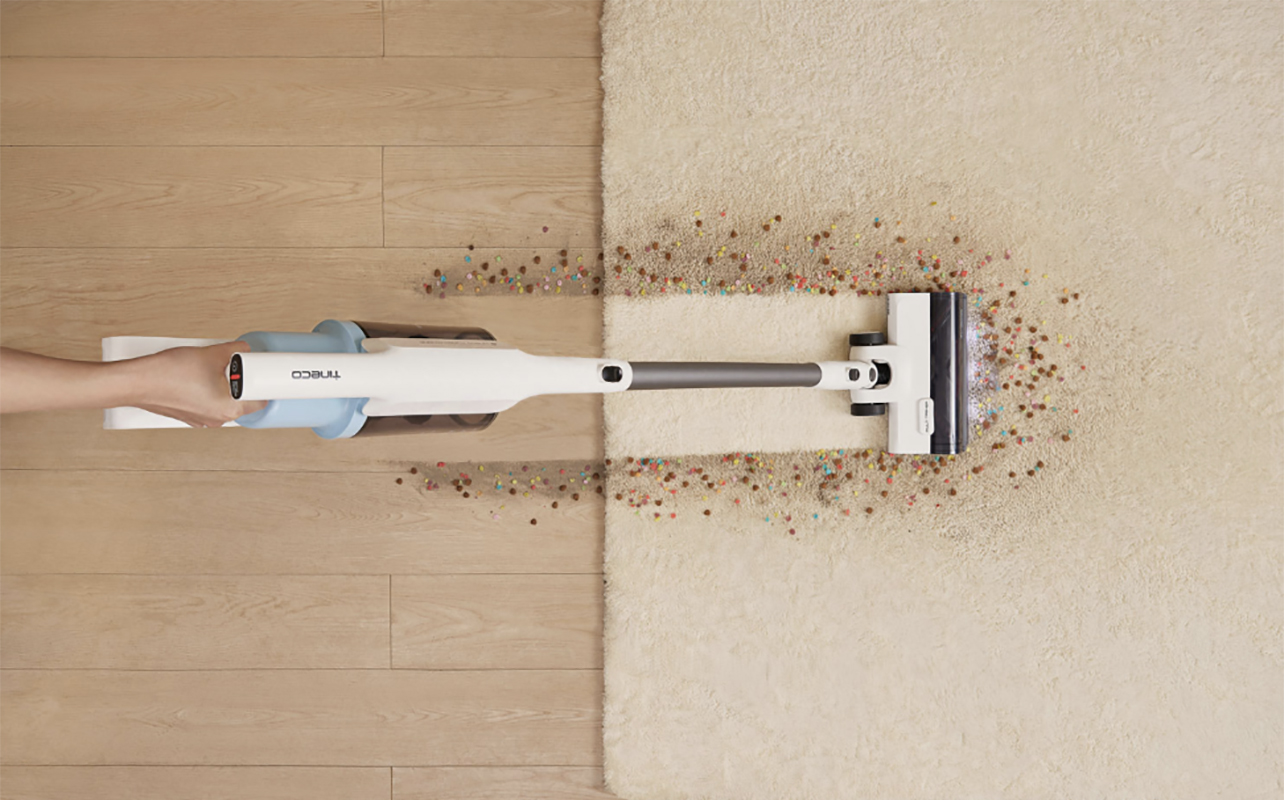
Keeping your home clean has never been easier thanks to the wide range of vacuums available today. From smart robot vacuums that roam your floors with minimal effort to traditional upright and cordless vacuums that deliver powerful suction for deep cleaning, there’s no shortage of choice. Selecting the right vacuum can make a real difference in how efficiently you clean and how well it fits into your daily routine. But which one actually suits your lifestyle?
In this guide, we’ll explore the debate of robot vacuums vs. traditional vacuums. We’ll look at how each type operates, break down the pros and cons, and help you determine whether a high-tech smart robot vacuum or a classic upright vacuum is the better fit for your household needs.
What’s the difference between a robot vacuum and a traditional vacuum?

Robot vacuums and traditional vacuums serve the same purpose: they both remove dirt and debris from your floors. But they go about it in entirely different ways. A robot vacuum operates autonomously. It uses sensors, cameras, and mapping software to navigate your home, detecting obstacles even landings to avoid falling downstairs. You can manually set them to go via a button, or even schedule cleanings through a companion smartphone app or even voice commands. They’re a great option for hands-free, regular maintenance. Learn everything you need to know about robot vacuums in our robot vacuum buying guide.
Traditional vacuums, including upright, canister, and stick models, are manually operated. So, they require a bit more elbow grease. They generally offer stronger suction power, a wider range of attachments, and better overall performance on carpets and textured flooring. Unlike robot vacuums, traditional units allow for targeted spot cleaning and more control over your cleaning sessions. Many can also convert to handhelds for cleaning furniture, blinds, even your car. Learn more about the different types of traditional vacuums in our vacuum cleaner buying guide.
Here’s a quick look at how they compare:
| Feature | Robot vacuum | Traditional vacuum |
|---|---|---|
| Operation | Autonomous, app-controlled | Manual, user-controlled |
| Suction power | Moderate | Strong |
| Cleaning style | Best for maintenance cleaning | Best for deep cleaning |
| Smart features | Yes (mapping, scheduling, voice control) | Occasionally available |
| Storage | Compact, easy to store | Can be bulky |
| Surface compatibility | Ideal for hard floors, low-pile carpet | Effective on all surfaces |
| Price | Higher upfront for advanced models | Wide range of pricing |
Pros and cons of robot vacuums
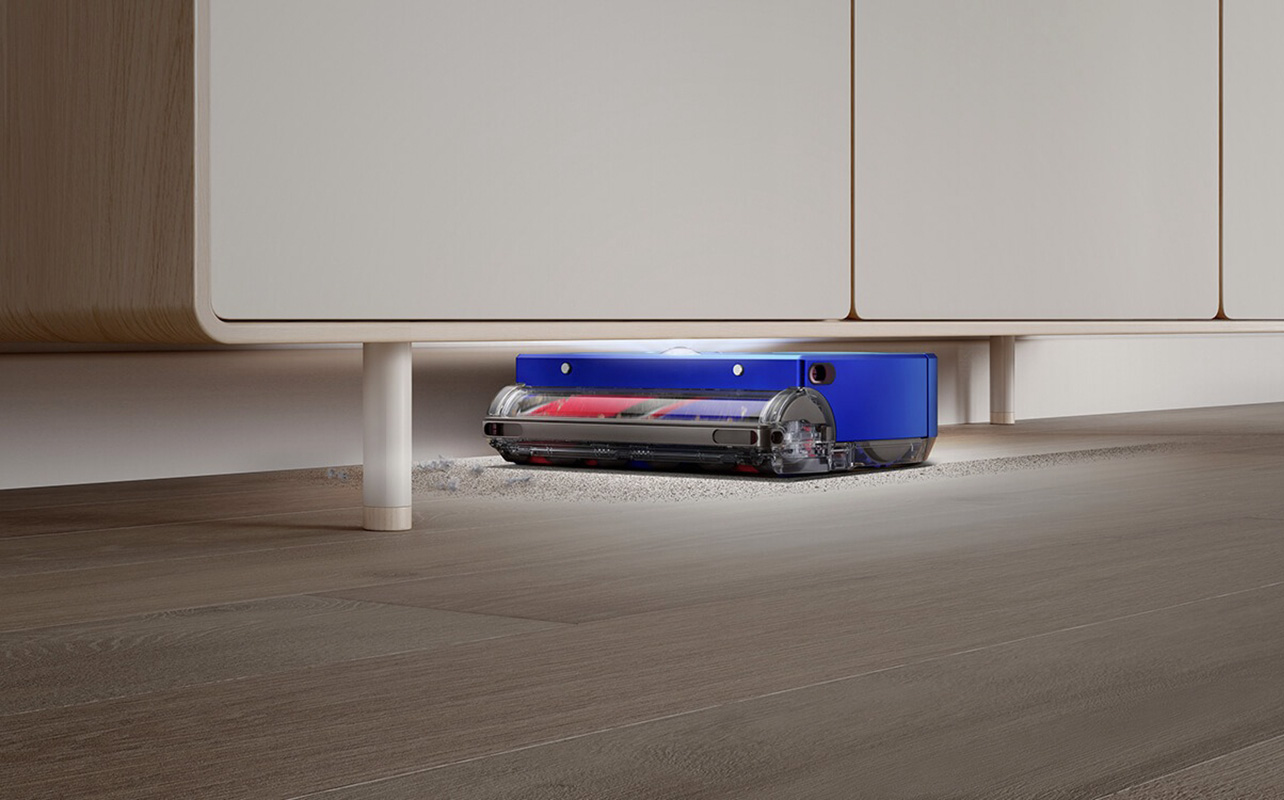
Robot vacuums bring a new level of convenience to everyday cleaning. Their greatest advantage lies in their automation. You can set them to clean at specific times, even when you’re not home. They’re slim enough to slide under furniture and are especially effective at daily upkeep, preventing dust and debris from accumulating. Many modern models also include features like no-go zones, multi-room mapping, and even automatic dirt disposal into bases.
However, robot vacuums are not without limitations. Their suction power usually doesn’t match traditional models. This can make them less effective for deep cleaning, especially on thick carpets. Their battery life also limits their range. If you have a larger home, they might need to recharge before completing a full pass. Another drawback is their tendency to get stuck under low-clearance furniture or tangled in wires. While many have effective edge cleaning, you’ll still need to use a handheld to get into very tight corners and spot they can’t reach, like on stairs. Last, they tend to come with a higher initial cost, particularly if you’re looking for advanced features.
Pros and cons of traditional vacuums
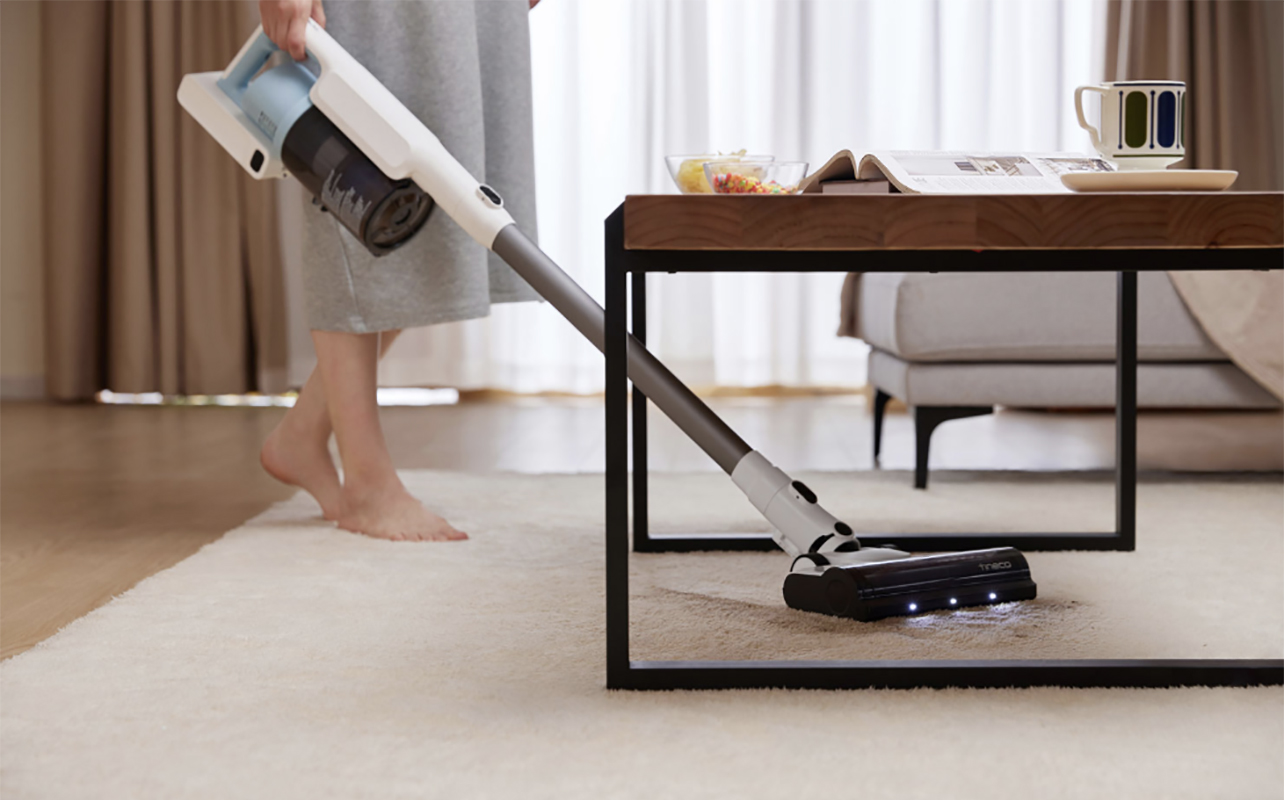
Traditional vacuums are the go-to choice for people who prioritize powerful performance and the best vacuums for deep cleaning. They offer stronger suction, making them highly effective at removing pet hair, embedded dirt, and allergens from carpets and upholstery. Their wide range of attachments also adds versatility. You can clean stairs, curtains, and even tight corners with ease. For homes with a mix of flooring types or more demanding cleaning needs, traditional vacuums are often considered the best vacuum for home use.
On the flip side, traditional vacuums require manual operation, so you have to be present and active during cleaning. They’re often larger and bulkier than robot vacuums, which can make them harder to store. This is especially so in smaller apartments or condos. Some models still use bags, which you might need to replace regularly. Noise can also be a concern, as traditional vacuums are generally louder than their robotic counterparts. If you opt for a cordless stick vacuum, these models aren’t usually as powerful as traditional uprights, typically designed for quick manual clean-ups in an area like the kitchen.
Which vacuum is best for your home?
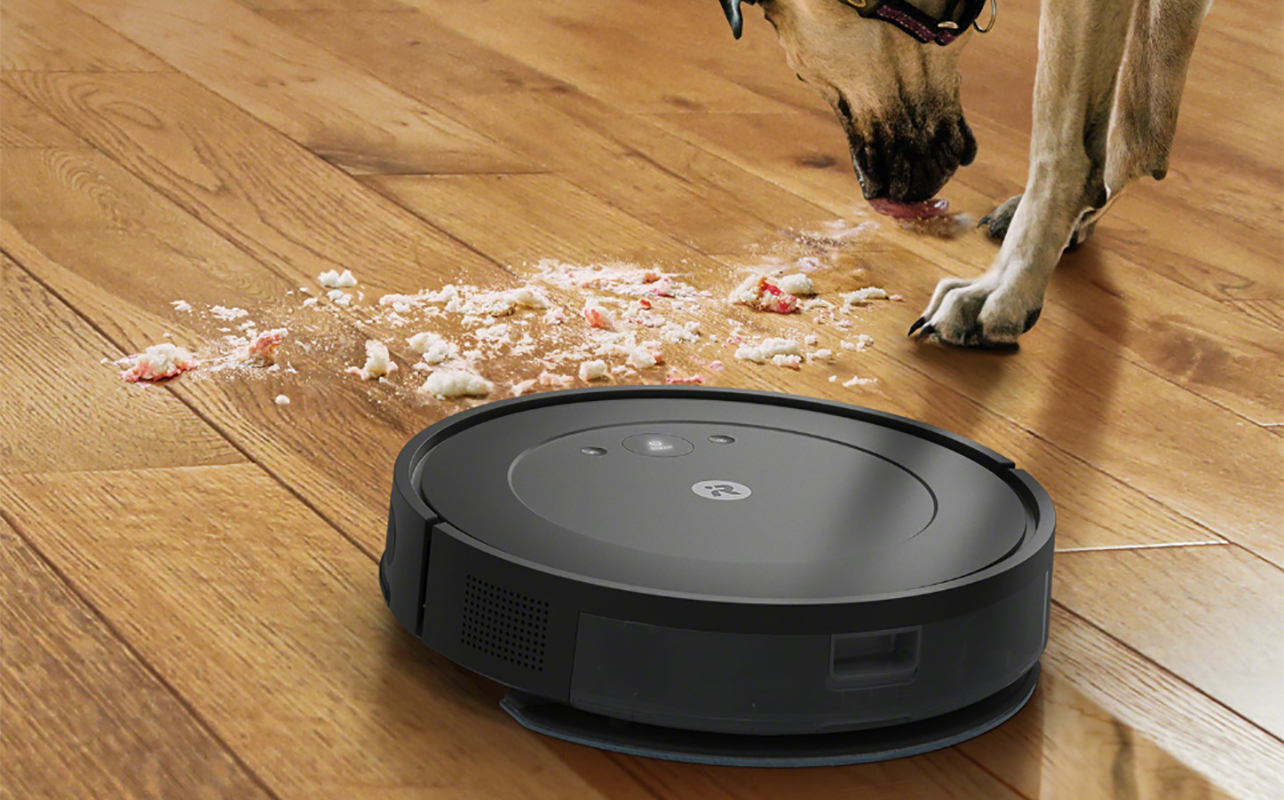
Deciding between a robot vacuum vs upright vacuum depends on several lifestyle and home-related factors. Let’s break down the key considerations to help you determine the best vacuum for your space.
Home size
If you live in a small to medium-sized apartment or condo, a robot vacuum can be an efficient and hassle-free solution. It can navigate tight spaces and maintain cleanliness without much involvement. However, in larger homes—especially those with multiple floors—a traditional vacuum is often more effective. Robot vacuums may struggle to cover a large area in one charge and require assistance to move between levels.
Floor types
Flooring makes a significant difference in performance. Robot vacuums are typically optimized for hard surfaces and low-pile carpets. If your home primarily features tile, hardwood, or laminate, a robot will do a great job with regular maintenance. On the other hand, homes with thick carpeting or rugs benefit from the deeper suction power of traditional vacuums, which can lift embedded dirt and debris more efficiently.
Budget
While both types of vacuums are available across a range of price points, robot vacuums with advanced features such as app control, mapping, and self-emptying bins can be quite expensive. Traditional vacuums offer more budget-friendly options and generally provide more power for your dollar. If you’re cost-conscious but need strong performance, a traditional model may be the better investment.
Lifestyle
Your schedule and preferences also play a big role. If you’re constantly on the go or have a busy household, the automation of a smart vacuum can be a real time-saver. You can schedule cleanings while you’re out, and many models even integrate with smart home systems. However, if you prefer a more hands-on approach or want the satisfaction of a thorough clean, traditional vacuums offer greater control and versatility.
In many cases, the ideal solution might be a combination of both. A robot vacuum can handle day-to-day maintenance, while a traditional vacuum takes care of weekly deep cleaning. This hybrid approach offers the best of both worlds—automation for convenience and manual power for effectiveness.
Final thoughts: making the right choice
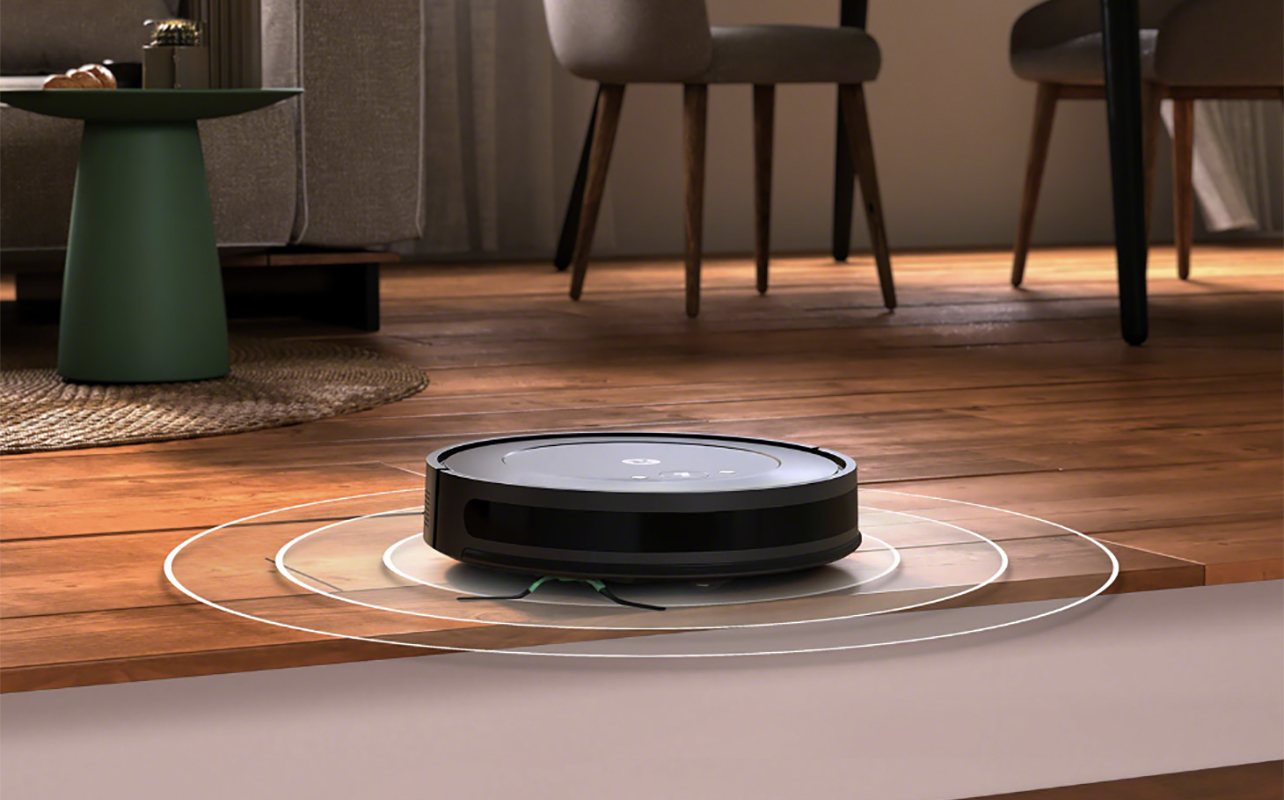
The decision between robot vacuums vs. traditional vacuums ultimately comes down to your personal cleaning habits, your home’s layout, and if you value convenience or performance. Smart vacuums bring ease and automation to daily routines, while traditional vacuums deliver the heavy-duty power needed for thorough clean-ups.
If you’re still unsure about which vacuum suits your lifestyle, explore the full range of robot and traditional vacuums at Best Buy Canada. Find the perfect match for your cleaning needs.
Frequently asked questions (FAQs)
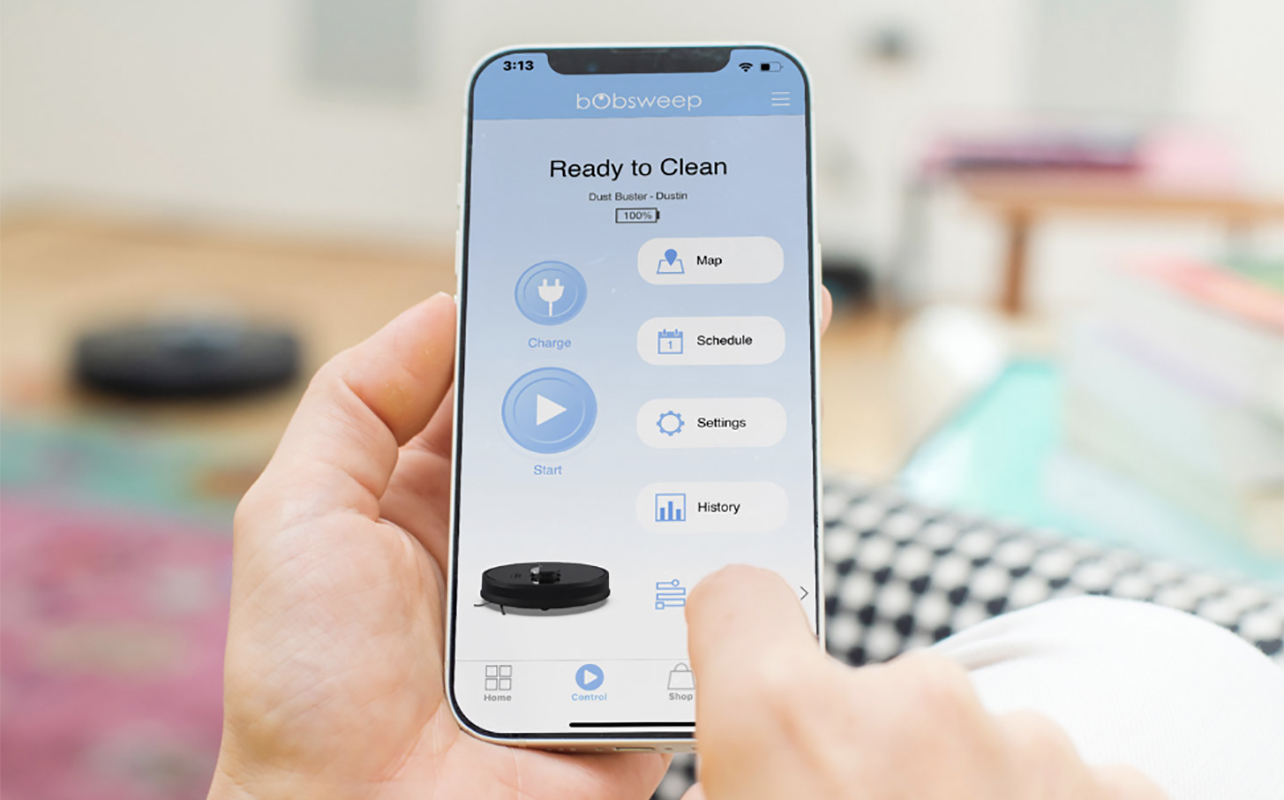
1. Can robot vacuums clean carpets effectively?
Robot vacuums are effective on low-pile carpets and hard surfaces. However, they may struggle with high-pile or shaggy carpets due to limited suction and smaller brush heads. For thick carpets and rugs, a traditional vacuum provides deeper cleaning power and is often considered the best vacuum for home environments with demanding floor types.
2. Do traditional vacuums last longer than robot vacuums?
Yes, traditional vacuums typically have longer lifespans. They are often easier to repair, and replacement parts are more readily available in Canada. Many traditional vacuum models are built with sturdy components designed for longevity. In contrast, robot vacuums rely on batteries and complex electronics that may wear down or require costly servicing after a few years of regular use. You can, however, usually find replacement parts and batteries as needed to extend their lifespan.
3. Are robot vacuums safe for pets?
Most robot vacuums are safe for pets and some even come with features specifically designed to handle pet hair and dander. Pet-friendly robot vacuums often include tangle-free brush rolls, quiet motors, and HEPA filters. These are important features if your furry friends are sensitive to noise or if someone in your household suffers from allergies. That said, pets may initially be curious or startled by the device, so supervised trials are a good idea.
4. What is the average battery life of a robot vacuum?
Battery life varies by model, but most robot vacuums can operate between 60 to 120 minutes on a full charge. Some high-end models offer features like auto-recharge and resume. This means they will return to their dock, recharge, and continue cleaning where they left off. This is particularly useful in larger homes where one charge may not be enough to complete an entire cleaning cycle.
5. Can I use a robot vacuum and a traditional vacuum together?
Absolutely. Many homeowners find that combining the convenience of a robot vacuum with the power of a traditional model offers the best cleaning results. This hybrid approach allows the robot vacuum to maintain daily tidiness by handling surface dirt, crumbs, and pet hair. Meanwhile, the traditional vacuum tackles deeper cleaning tasks once or twice a week. If you’re aiming to achieve the best vacuum for home performance, integrating both types can create a more efficient and comprehensive cleaning routine.
6. Can robot or traditional vacuums also do wet mopping?
Yes! You can find new models in both categories that offer both dry vacuuming and wet mopping capabilities. These often come at a higher price and will require additional maintenance. This includes emptying and refilling the water tank as needed and rinsing out the dirty water tank. Some robot vacuums with wet mopping can sense when they move from hardwood to carpet and lift the wet mopping brush automatically. Dust and debris are kept separate from dirty water in both to make clean-up a breeze.
This article was drafted using AI technology and then reviewed, fact-checked, and revised by a member of our editorial team.





